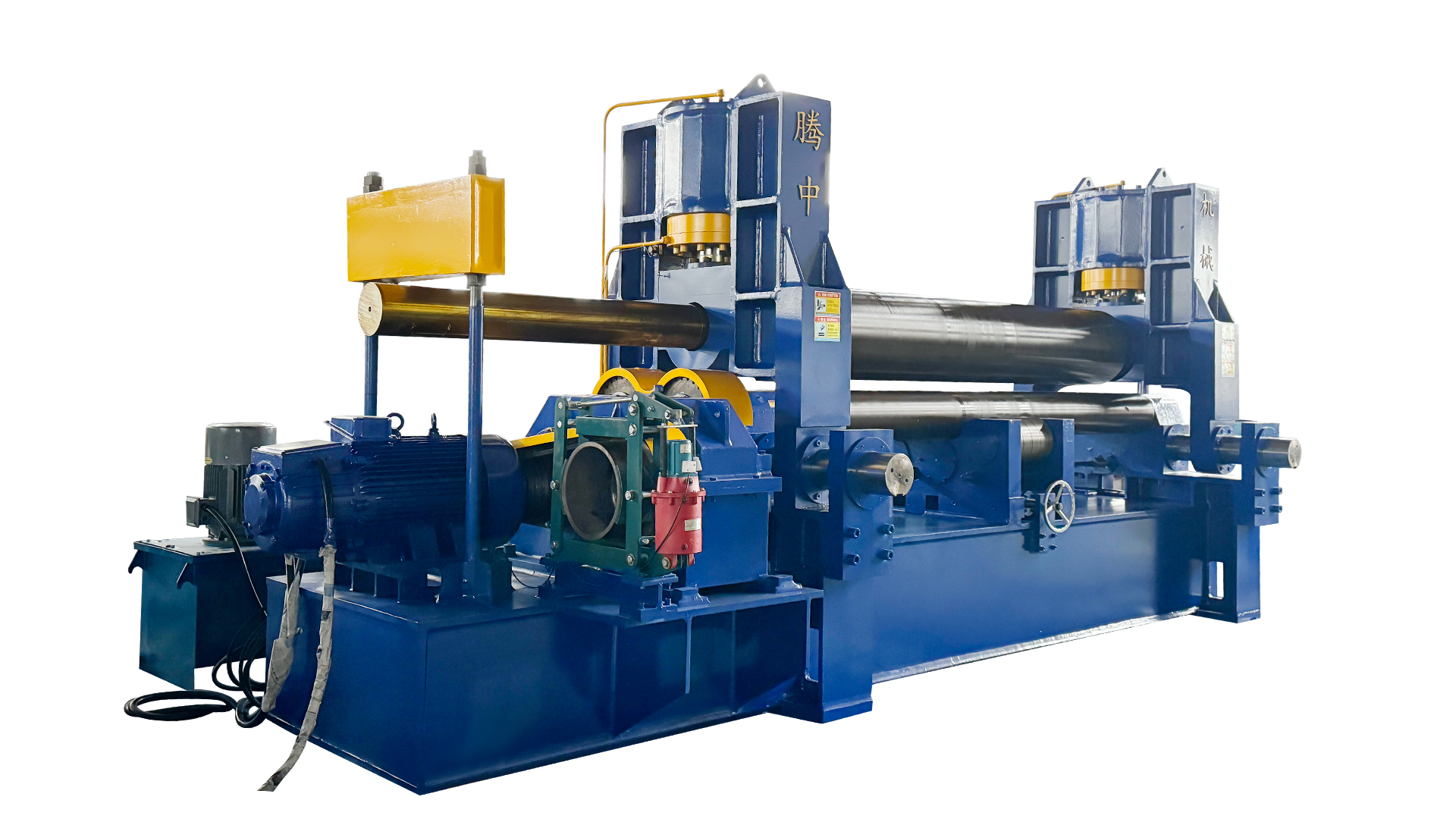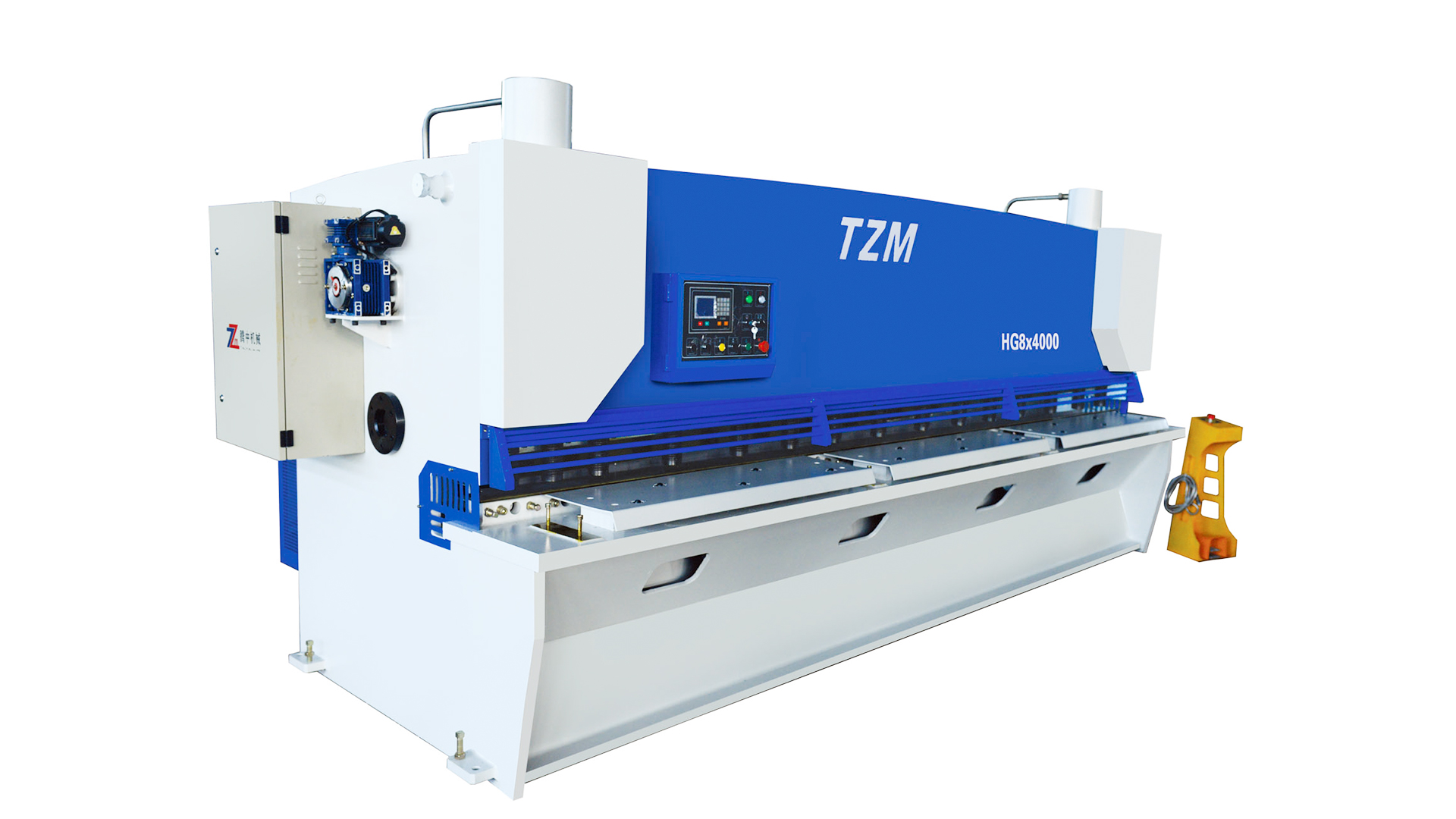Why is it important for a shearing machine to properly secure the workpiece before cutting?
2025-03-07
In precision metalworking, shearing machine play a pivotal role in delivering clean, accurate cuts. However, the effectiveness of these machines hinges on a crucial factor—properly securing the workpiece before cutting. Failing to do so can compromise safety, accuracy, and efficiency, leading to suboptimal results and potential hazards. Below, we explore why workpiece stabilization is not just a best practice but a necessity in industrial shearing operations.
Ensuring Precision and Accuracy
Shearing machines are designed to execute straight, clean cuts with minimal material distortion. However, if the workpiece shifts during the cutting process, the intended precision is lost. Even a slight displacement can lead to misalignment, resulting in defective parts that fail to meet design specifications. Proper clamping ensures that the material remains in a fixed position, preserving accuracy and reducing waste due to incorrect cuts.
Preventing Workpiece Movement and Vibrations
The immense force exerted by a shearing machine can cause the workpiece to vibrate or move unpredictably if it is not adequately secured. This movement can result in jagged edges, uneven cuts, or even material warping. Proper securing mechanisms, such as hold-down clamps or hydraulic presses, counteract these forces, ensuring a smooth and controlled shearing process.
Enhancing Operator Safety
An unsecured workpiece poses a significant safety hazard. If the material shifts suddenly, it can lead to dangerous kickbacks, increasing the risk of operator injury. Additionally, improperly secured sheets or bars may become projectiles under high-pressure cutting conditions. By firmly anchoring the workpiece, manufacturers safeguard operators from potential accidents and maintain compliance with workplace safety regulations.

Extending Machine Longevity
A poorly secured workpiece can cause undue stress on a shearing machine's cutting blades and structural components. When the material is not held firmly, uneven force distribution can accelerate wear and tear, reducing the machine’s lifespan. Proper clamping minimizes blade deflection and misalignment, ensuring the equipment functions optimally for longer periods.
Reducing Material Waste and Operational Costs
Defective cuts resulting from unstable workpieces lead to material wastage, increasing production costs. Reworking improperly cut materials consumes time, energy, and resources, negatively impacting overall efficiency. By securing the workpiece correctly, manufacturers can reduce errors, optimize material usage, and lower operational expenses.
Improving Workflow Efficiency
A well-secured workpiece streamlines the shearing process by reducing the need for re-adjustments and corrections. This leads to faster production cycles and higher throughput, allowing manufacturers to meet deadlines more efficiently. Eliminating unnecessary downtime due to misalignment or machine malfunctions contributes to a smoother, more productive workflow.
Properly securing a workpiece before shearing is fundamental to achieving precision, safety, and operational efficiency. The implications of neglecting this step are costly—ranging from defective products and increased waste to potential safety hazards and premature equipment failure. By implementing robust clamping mechanisms and adhering to best practices, manufacturers can enhance the quality of their output while safeguarding their workforce and machinery. Investing time in proper workpiece stabilization is not just a precaution—it is a prerequisite for excellence in metal fabrication.

 English
English русский
русский Français
Français Español
Español Português
Português عربى
عربى









